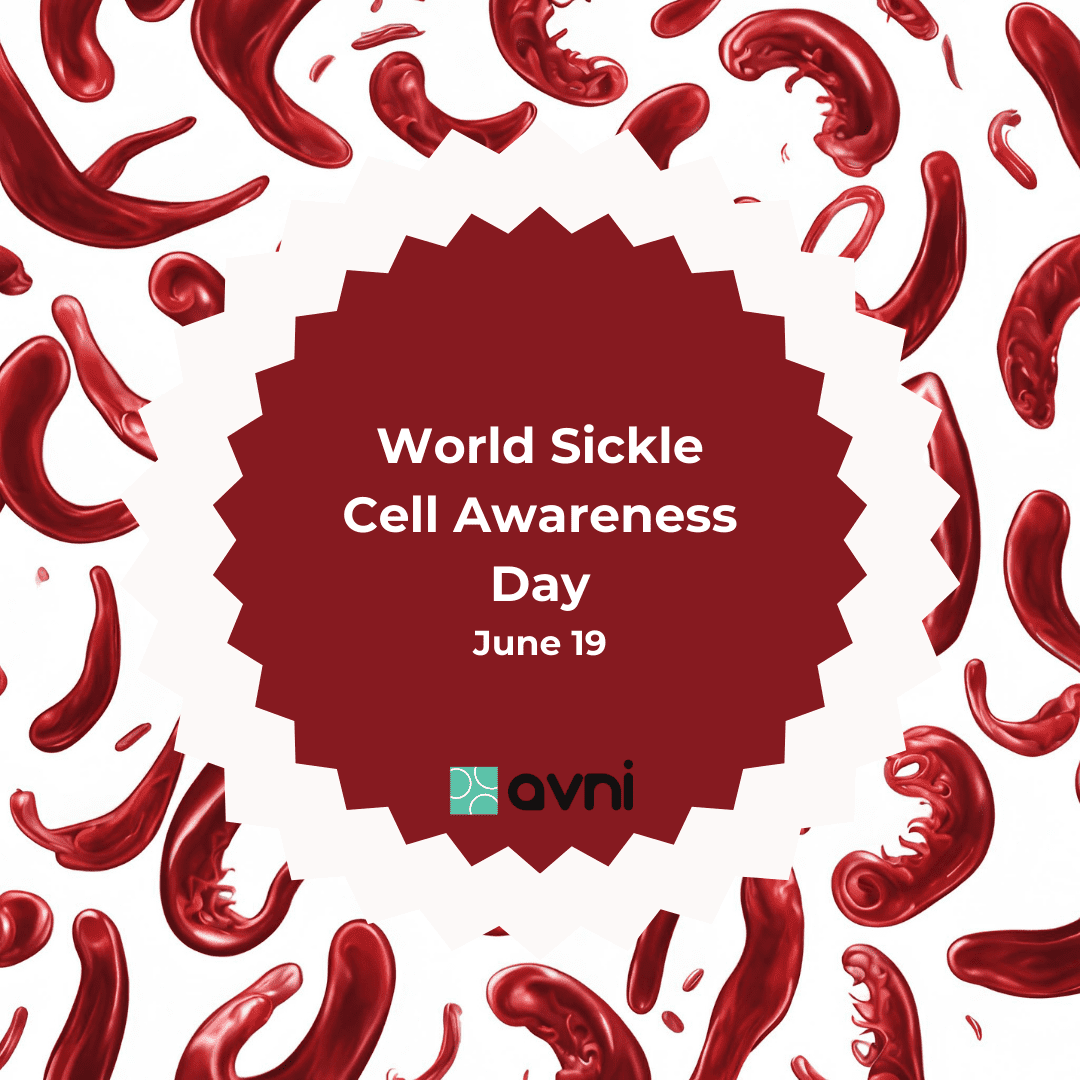World Sickle Cell Day - Role of NGOs and Open-source
June 19, 2024 by Parth Halani

Understanding Sickle Cell Disease
Sickle Cell Disease (SCD) is a severe inherited blood disorder that affects the structure of haemoglobin within red blood cells. Instead of the usual round shape, these cells become crescent or “sickle”-shaped. This abnormal shape leads to blockages in blood vessels, causing intense pain, chronic anaemia, increased risk of infections, reduced growth and adverse effects on many organs like lungs, heart, kidneys, eyes, bones and the brain. Each year, about 300,000 babies are born with SCD globally, with 20,000 cases in India alone. In India’s tribal regions, SCD is prevalent, affecting 1 in 86 tribal births. In remote villages, managing SCD is daunting. Clinics are often hours away, resulting in delayed diagnoses and inadequate treatment.
Focus on Sickle Cell Disease
Agencies worldwide are increasingly recognising the severity of SCD and prioritising efforts to combat it.
World Sickle Cell Day
In December 2008, the United Nations General Assembly designated June 19th as World Sickle Cell Awareness Day, identifying sickle cell disease as a global health issue. The resolution established this day to address a lack of awareness and improve healthcare access to people affected by the disease. The theme for this year's World Sickle Cell Day is "Hope Through Progress: Advancing Sickle Cell Care Globally". Every year on June 19, countries throughout the world unite to celebrate World Sickle Cell Day. The international awareness day is observed to increase public knowledge of SCD.
In India, the government has launched the National Sickle Cell Anaemia Control Program, aiming to reduce the incidence and improve the management of SCD through widespread screening, early diagnosis, and comprehensive care. This program focuses on high-prevalence regions, particularly among tribal populations, and promotes awareness and education to reduce stigma and improve outcomes.
How NGOs Help
NGOs play a crucial role in bridging healthcare gaps for SCD patients, particularly in underserved and rural areas. Their contributions are multifaceted, including:
Screening and Diagnosis:
NGOs conduct community outreach and local screening camps to facilitate early detection of SCD. This proactive approach brings diagnostic services directly to rural areas, identifying patients who might not have easy access to healthcare.
Medical Support:
NGOs provide home-based care by training community health workers to manage SCD symptoms locally, reducing hospital visits. They ensure access to necessary treatments (Hydroxyurea, folic acid etc.), including pain management and routine check-ups, often supplying medications and medical support to remote communities.
Education and Awareness:
NGOs have empanelled their dedicated counsellors for these patients who take their regular followup, raise awareness about SCD symptoms, its genetic nature, emergency preparations and management strategies through educational campaigns. This effort helps in reducing stigma, promoting early diagnosis, and improving disease management. They also train local healthcare providers, enhancing their ability to care for SCD patients.
Support Systems:
NGOs create peer support groups for individuals and families affected by SCD. These groups offer emotional support, share experiences, and provide practical advice on managing the disease. These groups are also emerging as a strong advocacy platform which gives them power to lay down their demands with governments. Recently NASCO (National Alliance of Sickle Cell Organisations) a patient organisation along with other NGOs and government Institutes and departments has successfully advocated for National Program on the management of SCD.
Challenges in Combating Sickle Cell Disease
The fight against SCD is filled with challenges. Some key ones include:
Limited Healthcare Access:
Many rural and underserved areas lack blood, adequate public healthcare facilities and trained public healthcare professionals.
Financial Burden:
High treatment and care costs are a significant barrier for many families. Inadequate and interrupted supply of medicines in the public health system also leads to loose the trust of patients in the system, which ultimately takes them to the private healthcare sector.
Lack of Awareness:
Lack of awareness among the medical community and limited knowledge about SCD leads to delayed diagnosis and inadequate management.
Social Stigma:
Misinformation and misconceptions result in social isolation and discrimination against those with SCD. Incidences of discrimination for marriages are becoming common now in western, & central India.
Role of Avni in SCD Management
In managing Sickle Cell Disease (SCD), especially in resource-poor settings, appropriate low-cost technology can play a big role. Avni is transformative by aiding NGOs in several critical areas. Currently, multiple NGOs like Jan Swasthya Sahyog (Chattisgarh), IPH India (Karnataka), JSS Medical college Mysuru (Karnataka) and ASHWINI,Gudalur are using simple and easy-to-use mobile applications built using Avni's open-source platform to streamline the workflow to screen the population, their case management and timely follow-ups. Avni facilitates remote patient monitoring, thus reducing the frequency of clinic visits and allowing for continuous oversight of patient health. Additionally, it enhances healthcare delivery efficiency by providing real-time data to healthcare providers, which supports better decision-making and the personalisation of care, ultimately improving patient outcomes.
Conclusion
On this World Sickle Cell Day, we recognise the collective efforts of governments, NGOs, and technology in addressing the challenges of Sickle Cell Disease. By raising awareness, supporting innovative solutions, and advocating for comprehensive care, we can improve the lives of those affected by SCD, ensuring they receive the support and treatment they deserve. Join us in celebrating the progress made and the ongoing commitment to overcoming the barriers posed by SCD.